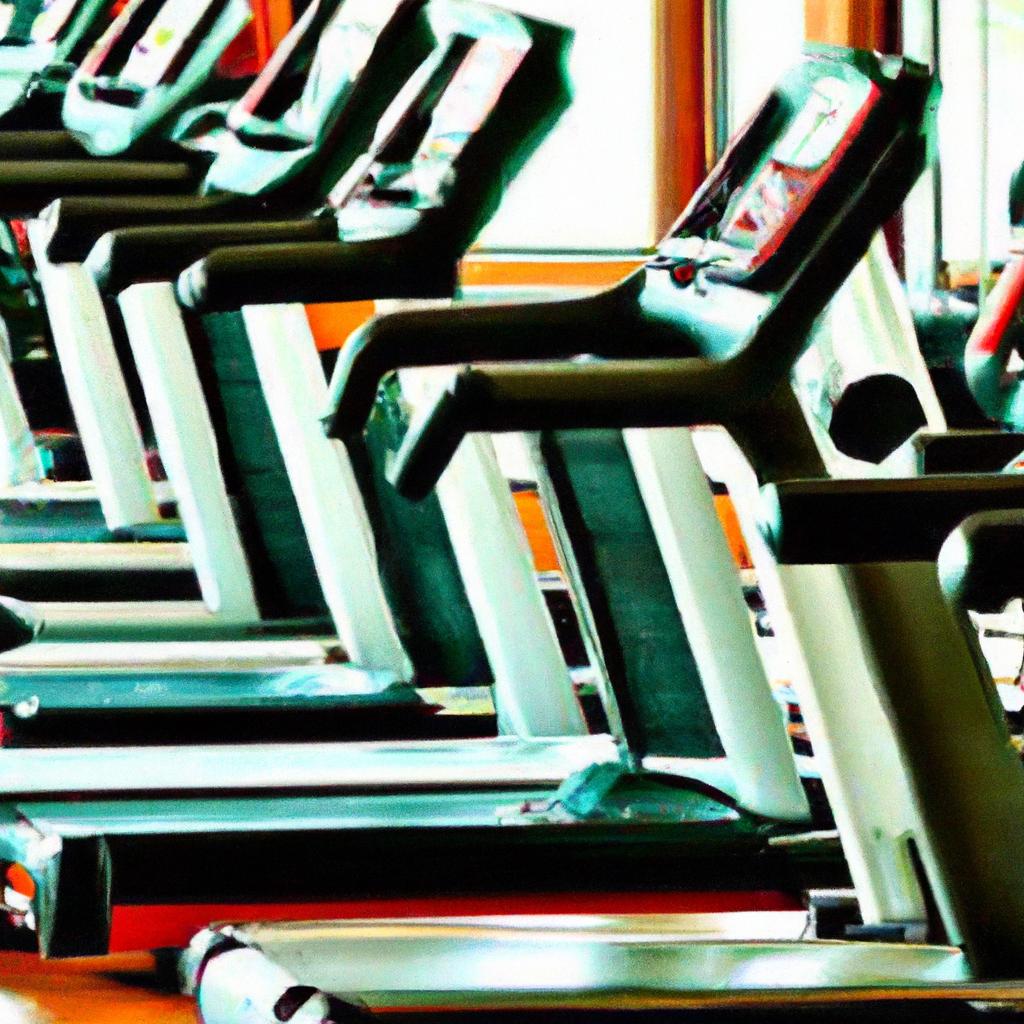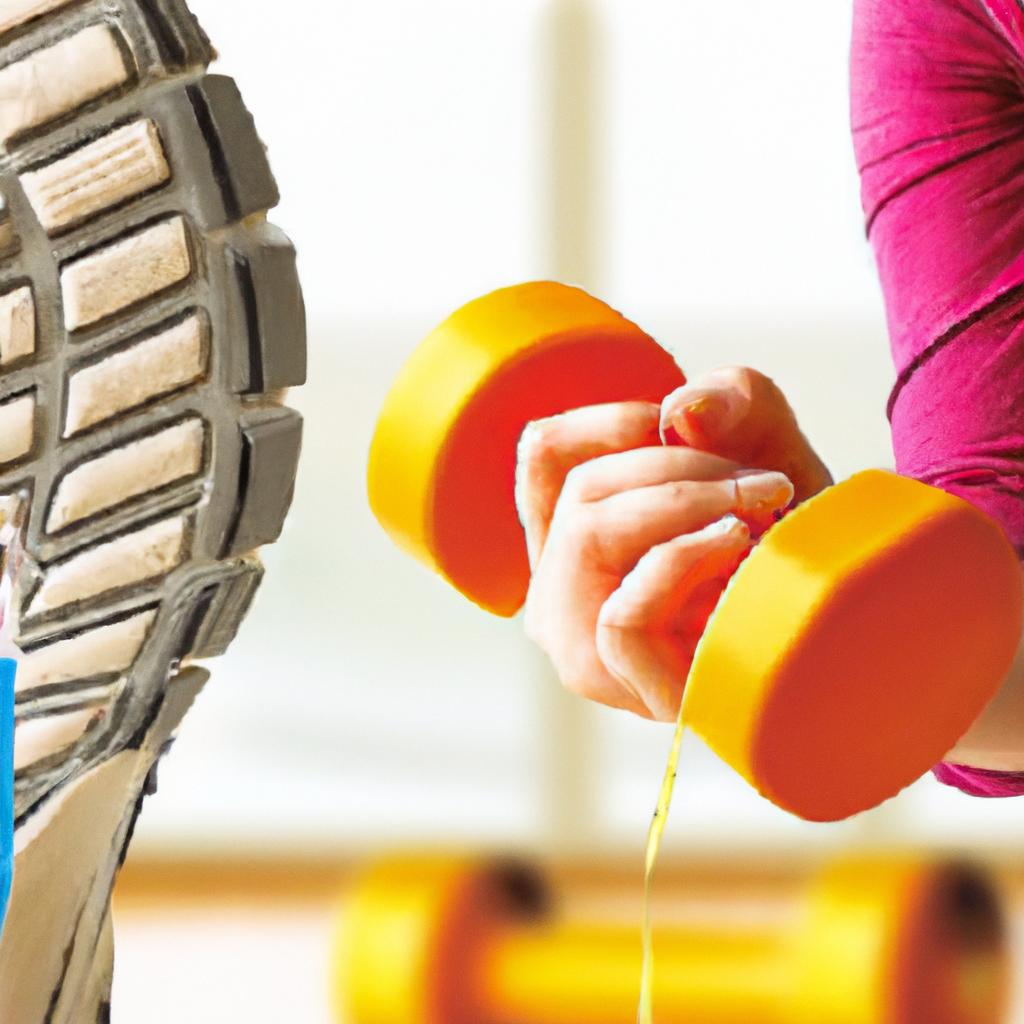In the quest for effective fat loss, two popular workout methods often rise to the forefront of fitness discussions: High-Intensity Interval Training (HIIT) and conventional cardiovascular exercise. With the barrage of exercise trends and influencer tips flooding our feeds, it can be challenging to decipher the most effective approach for shedding those stubborn pounds. HIIT boasts its time-efficient bursts of intense activity that promise to rev up your metabolism long after your workout ends, while cardio enthusiasts champion the endurance and consistency of steady-state exercises that have long been a staple in weight loss routines. as we explore the nuances of HIIT and cardio, this article aims to shed light on their distinct benefits, potential drawbacks, and ultimately, help you decide which workout could be your ultimate ally in the journey toward fat loss. Join us as we dive into the science, the strategies, and the spectacular results of these two dynamic training styles.
The Science Behind Fat Loss: how HIIT and Cardio Influence Metabolism
The intricate relationship between exercise and metabolism forms the backbone of effective fat loss strategies. High-Intensity Interval Training (HIIT) is renowned for its ability to elevate metabolic rate in a short duration, making it a favourite among fitness enthusiasts. this approach, characterized by short bursts of intense activity followed by rest or lower-intensity periods, stimulates both anaerobic and aerobic systems, leading to an remarkable afterburn effect known as excess post-exercise oxygen consumption (EPOC). This means your body continues to burn calories long after the workout has concluded. Conversely, traditional cardio exercises, while often longer in duration, maintain a steady heart rate and primarily tap into fat stores during the barrage of continuous movement, making them effective as well, but in a more straightforward manner.
Understanding how these two forms of exercise influence metabolism can guide your fat loss journey. Here are some key aspects to consider:
- HIIT promotes overall calorie burn: Engaging in high-intensity bursts can lead to a considerably higher number of calories burned within a shorter time frame.
- Cardio enhances endurance: Steady-state cardio builds aerobic capacity, supporting longer workouts and potentially increasing overall calorie expenditure.
- Metabolic adaptation: Regular HIIT can lead to adaptations that increase basal metabolic rate, while prolonged cardio may require a higher training volume.
| Workout Type | Duration | Afterburn Effect |
|---|---|---|
| HIIT | 20-30 min | High |
| Cardio | 30-60 min | Moderate |
Choosing between HIIT and cardio hinges on personal preference, fitness goals, and lifestyle. Both workouts hold unique advantages, and incorporating elements of each may provide an optimized approach to fat loss.By understanding how they affect metabolism, one can effectively tailor their regime for maximum results and sustainability.
Understanding Your Goals: Choosing the Right Workout for Your Lifestyle
when it comes to fat loss, understanding your individual objectives is essential to selecting the workout that best aligns with your lifestyle. High-Intensity Interval Training (HIIT) and steady-state cardio each offer unique benefits, and the right choice depends on several factors, including your fitness level, time availability, and personal preferences. HIIT is characterized by short bursts of intense activity followed by periods of rest or lower intensity, making it an efficient option for burning calories in a shorter timeframe. In contrast, traditional cardio focuses on maintaining a steady heart rate for an extended period, which can be more easily incorporated into a daily routine.
To better assess which workout suits your lifestyle, consider the following guidelines:
- Time Constraints: Choose HIIT if you have limited time; a 20-30 minute session can yield considerable fat loss results.
- Workout Enjoyment: Opt for steady-state cardio if you prefer activities such as running or cycling, which provide a meditative aspect.
- Fitness Goals: If you’re looking to improve your cardiovascular endurance, steady-state cardio might be more beneficial.
- Injury Considerations: HIIT may pose a higher injury risk; select traditional cardio for a gentler approach if you’re prone to injuries.
| Workout Type | Duration | Calories Burned | Impact Level |
|---|---|---|---|
| HIIT | 20-30 minutes | High | High |
| Steady-State Cardio | 30-60 minutes | Moderate | Low to Moderate |
Maximizing results: Integrating HIIT and Cardio into Your Routine
integrating High-Intensity Interval Training (HIIT) with traditional cardio can significantly enhance your overall fitness and fat loss efforts. By combining these two approaches, you create a well-rounded routine that maximizes calorie burn and improves cardiovascular health. HIIT sessions,characterized by short bursts of intense exercise followed by rest or low-intensity periods,stimulate your metabolism and keep it elevated even after the workout has ended. In contrast, steady-state cardio, such as jogging or cycling at a consistent pace, promotes endurance and builds aerobic capacity. Together, they provide a powerful one-two punch for achieving and sustaining weight loss goals.
To effectively integrate both styles into your exercise regimen, consider the following strategies:
- Alternate Workouts: Dedicate certain days to HIIT and others to steady-state cardio for a balanced approach.
- Mix and Match: Incorporate HIIT intervals within your longer cardio sessions to add variety and intensity.
- Monitor recovery: Ensure adequate rest and recovery between HIIT sessions to prevent burnout and injuries.
| Workout Type | Duration | Caloric Burn |
|---|---|---|
| HIIT (30 mins) | Short, intense bursts | approx. 400-600 calories |
| Steady-State Cardio (60 mins) | Consistent pace | Approx. 300-500 calories |
Sustainable Practices: Long-Term Strategies for Effective Fat Loss
When considering sustainable practices for effective fat loss, it’s essential to recognize how different workout modalities can fit into a comprehensive fitness strategy. Both HIIT and traditional cardio have their merits, but it’s the consistent request of workouts that fosters long-term success. Integrating varied forms of exercise not only prevents boredom but also challenges the body in unique ways. This approach can include:
- Incorporating resistance training: Building muscle increases resting metabolic rate.
- Mixing up workout durations: Combine short, intense sessions with longer, moderate activities.
- Setting realistic fitness goals: Establish achievable milestones to maintain motivation.
- Prioritizing recovery: Adequate rest is crucial for sustained performance.
Moreover,complementing workouts with mindful nutritional practices significantly bolsters fat loss efforts. When evaluating the effectiveness of HIIT and cardio, it’s beneficial to track both physical results and overall wellness. A well-rounded approach may incorporate:
| Practice | Benefit |
|---|---|
| Meal prepping | Encourages healthier eating choices. |
| Hydration tracking | Supports metabolism and reduces cravings. |
| mindful eating | Promotes awareness of portion sizes. |
| Daily movement | Increases calorie expenditure beyond workouts. |
Wrapping Up
In the ever-evolving landscape of fitness, the debate between HIIT and traditional cardio has gained notable attention, with both camps boasting compelling arguments in favor of their chosen method. Ultimately, choosing the right workout for fat loss isn’t just about the numbers or the science; it’s about finding what resonates with you personally. Whether you thrive in the adrenaline-fueled atmosphere of High-Intensity Interval Training or find solace in the rhythmic steadiness of a long run, the best workout is the one that keeps you motivated and engaged.
it’s vital to remember that fat loss is a multifaceted journey that combines exercise with nutrition, rest, and lifestyle choices. As you navigate your fitness path, consider experimenting with both HIIT and cardio to discover what works best for your body and your goals. And above all, listen to your body—it will be your most reliable guide as you craft a sustainable and enjoyable fitness routine. No matter which workout you choose,consistency,patience,and adaptability will be your greatest allies on the road to success. So lace up your shoes, trust the process, and enjoy the ride to a fitter you!



